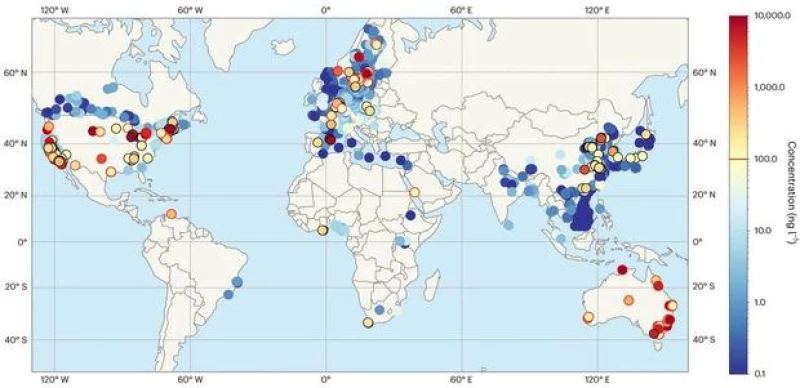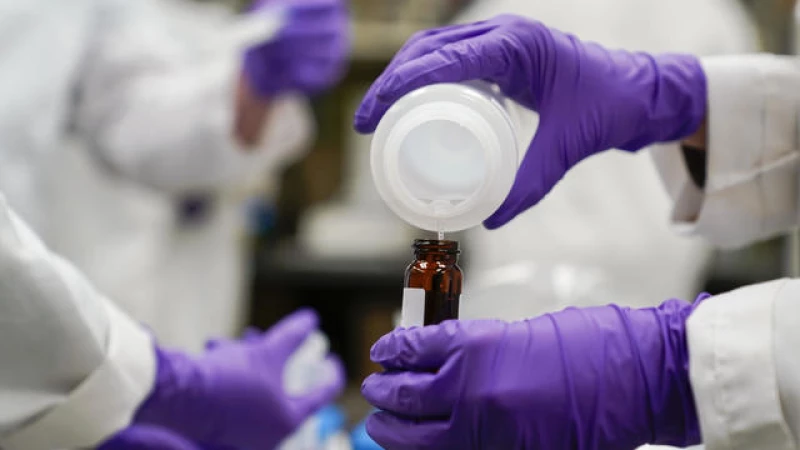Sydney —— Shocking levels of persistent "forever chemicals" have been discovered in surface and groundwater around the globe, with Australia, the United States, and Europe identified as key areas of concern.
A recent study published in the journal Nature Geoscience examined data from 45,000 water samples worldwide, revealing that a significant number contained elevated levels of PFAS — per- and polyfluoroalkyl substances — surpassing recommended thresholds.
These chemicals, commonly found in everyday items like non-stick cookware, food packaging, and waterproof apparel, have been associated with severe health issues such as cancer and birth defects.
- FDA confirms discontinuation of PFAS-containing food packaging in the U.S.
While PFAS have been detected in diverse environments ranging from turtle eggs to Antarctic ice, the latest research highlights their prevalence in surface water and groundwater sources utilized by human populations for drinking.
"A significant portion of our primary water sources exhibit PFAS levels exceeding regulatory thresholds," remarked Denis O'Carroll, a co-author of the study and a professor at the University of New South Wales in Australia.
O'Carroll expressed shock at the high levels of forever chemicals found in groundwater samples, with some surpassing recommended levels by over 50%.
The research revealed that 69% of groundwater samples worldwide exceeded Canada's minimum standards, while 6% surpassed the EU's standard. Global hotspots of high PFAS concentrations were identified in Australia, China, the United States, and parts of Europe.
A study from the summer of 2023 estimated that nearly half of tap water in U.S. homes contained one or more PFAS compounds out of the 12,000 known varieties.

While the study highlighted areas with the highest PFAS concentrations, it also noted that these were regions with extensive testing. Further research could reveal similar patterns globally.
PFAS contamination is a global concern, with uncertainties about the full extent of its presence in the environment. Countries like Canada, the United States, the EU, and Australia have started imposing restrictions on PFAS use due to health and environmental risks.







